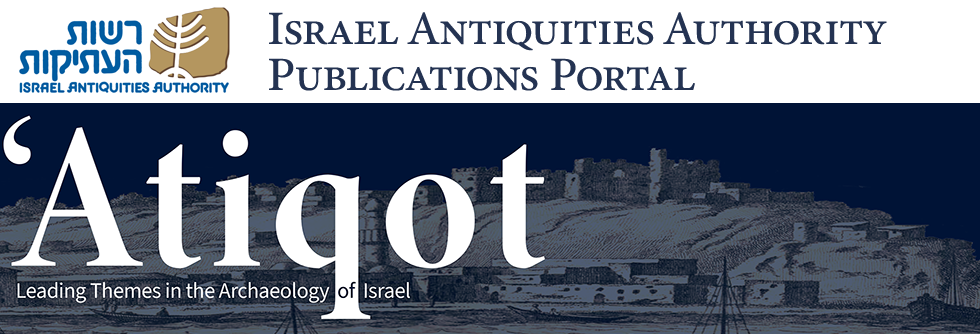Abstract
Wine was a primary commodity in antiquity and prevalent in the Southern Levant Mediterranean-basin regions and Mesopotamia. Therefore, its identification in archaeological artifacts by chemical analysis is of great importance. Many studies of wine residues were conducted on pottery from Mediterranean and Near Eastern sites, using a wide range of approaches to extract and detect organic compounds. This article will evaluate and compare these methods and raise consequent considerations for the interpretation of results to arrive at a historic picture.
Keywords
wine, organic residue analysis, tartaric acid, wine-markers, Southern Levant, ceramic vessels
Recommended Citation
Amir, Ayala
(2024)
"The Identification of Ancient Wine through Organic Residue Analysis of Ceramic Vessels,"
'Atiqot: Vol. 114, Article 8.
DOI: https://doi.org/10.70967/2948-040X.1022
Available at:
https://publications.iaa.org.il/atiqot/vol114/iss1/8

